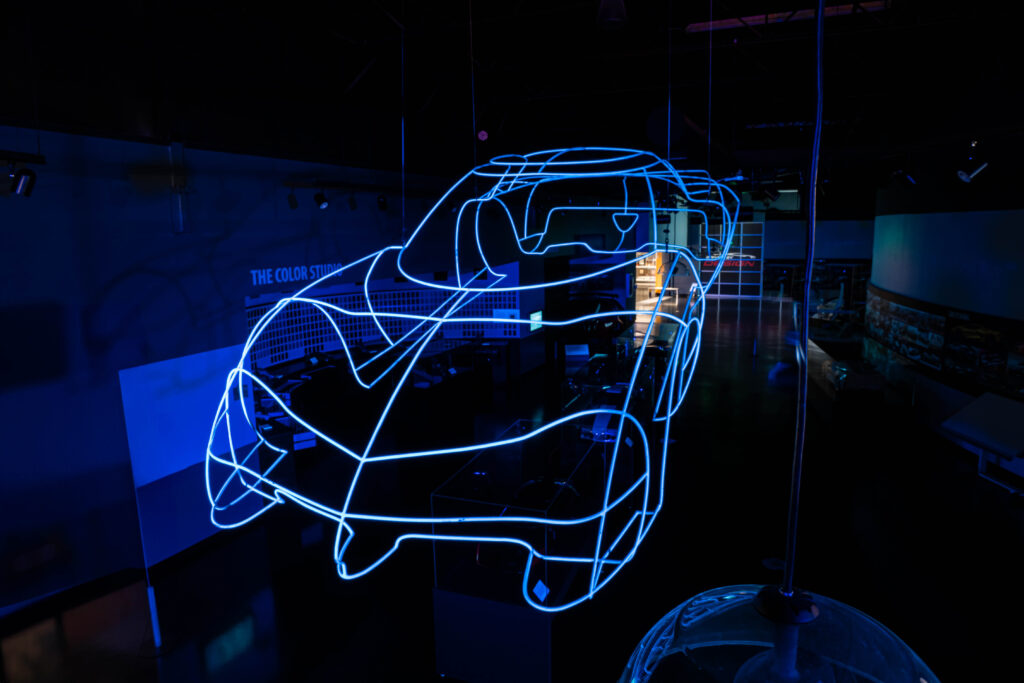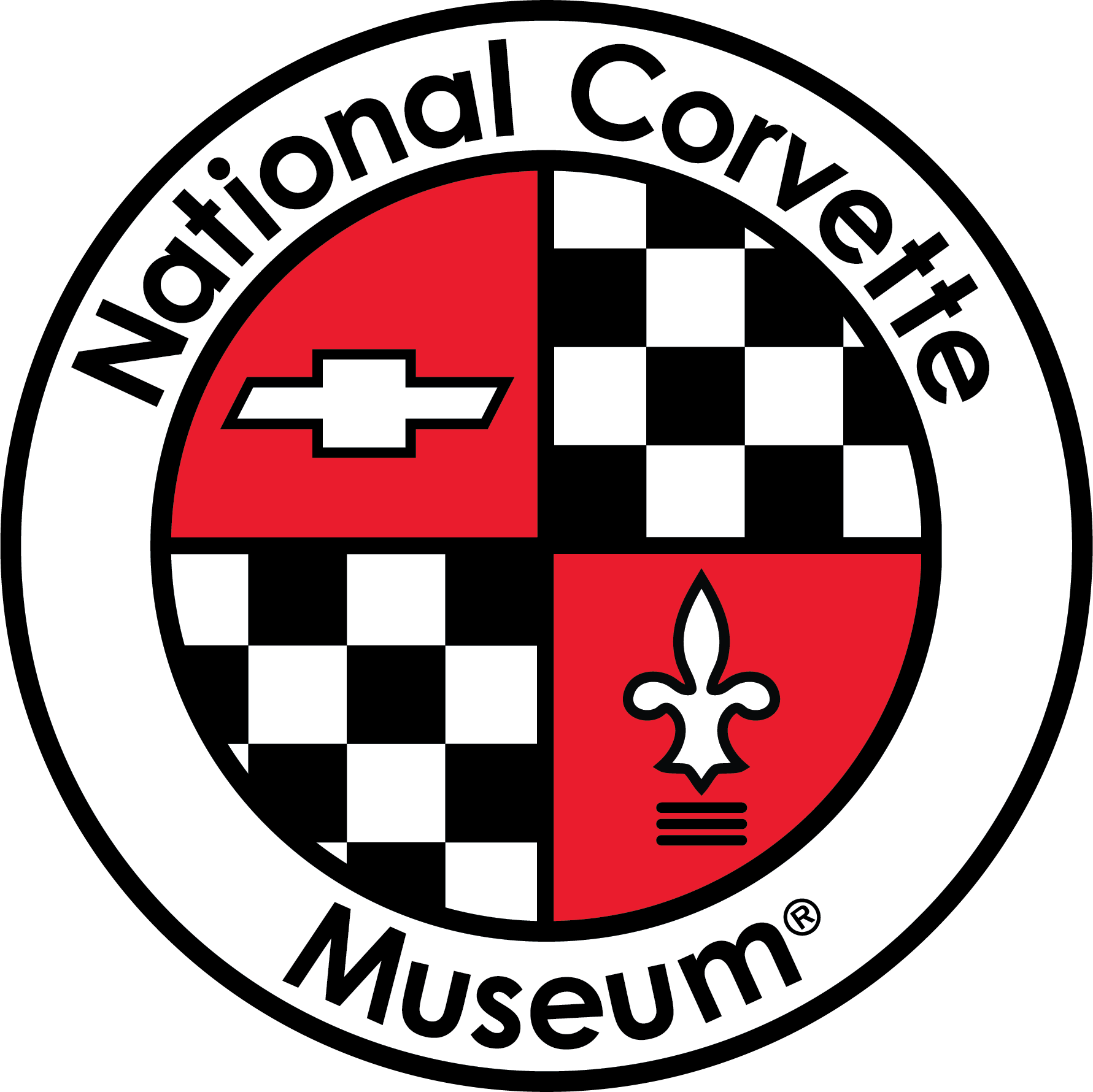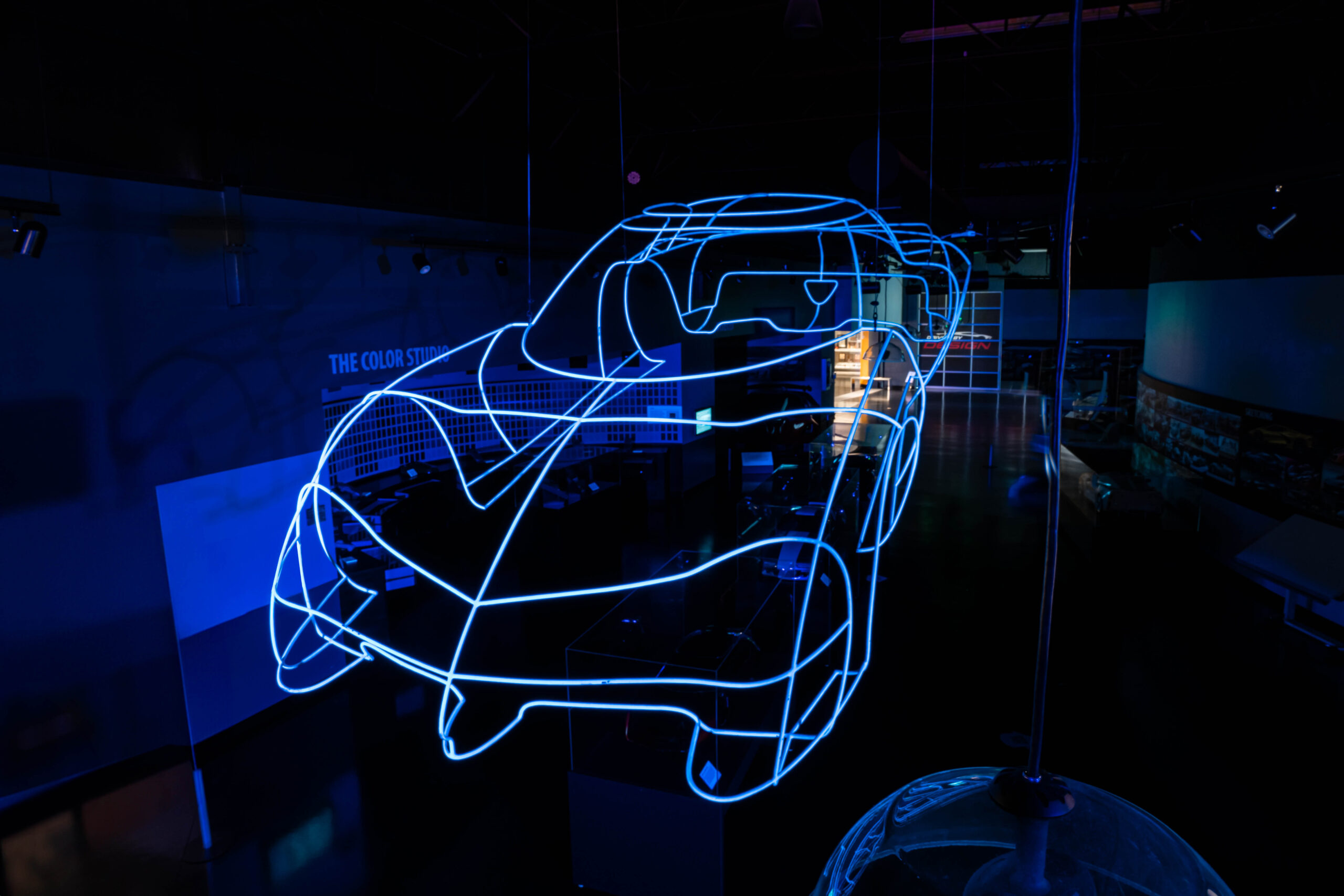The next time that you visit the National Corvette Museum, be sure to look upward as you explore the exhibit Driven by Design. Suspended from the ceiling is a wire-frame model in the shape of the C5 Corvette. This model was one of the tools designers used to visualize the body of the C5, the design that would take Corvette into the 21st century.
When it debuted in 1997, the fifth generation was the most revolutionary Corvette ever created. Its development began in the late 1980s and early 1990s, but during this time financial difficulties and corporate politics within General Motors were threatening the future of the Corvette. Its sales had been falling for years, and it could have been eliminated from Chevrolet’s lineup entirely. However, the dedicated group of engineers and design staff who worked on the Corvette remained committed to the next generation, one that would set new standards of quality and performance that would revitalize the Corvette name. As a result, most of the parts and pieces of the C5 were brand new components designed specifically for the next Corvette.
One idea that the engineering team proposed was to give the C5 chassis a “backbone” structure. For the “backbone” design, the chassis would consist of two side rails held together by cross members. Each side rail would be a single piece shaped through an advanced hydroforming process that would make all C5 side rails exactly alike. This was a radical departure from the C4, but the theory was that the “backbone” chassis with hydroformed side rails would provide the C5 with better maneuverability and make the car stronger. Accordingly, the design team had to create a body that would be compatible with the “backbone” chassis.
Inspiration for the shape of the C5 came from several sources including design sketches, aerodynamic testing, and even feedback from current Corvette owners. Particularly influential was John Cafaro’s “Black Car” design that incorporated sleek, swooping fenders reminiscent of a jet plane. The Corvette team would continue to refine the C5 design, ultimately creating the shape of the wire-frame model at the National Corvette Museum. It now provides visitors with a peek into the creative process that gave life to the innovative C5.








